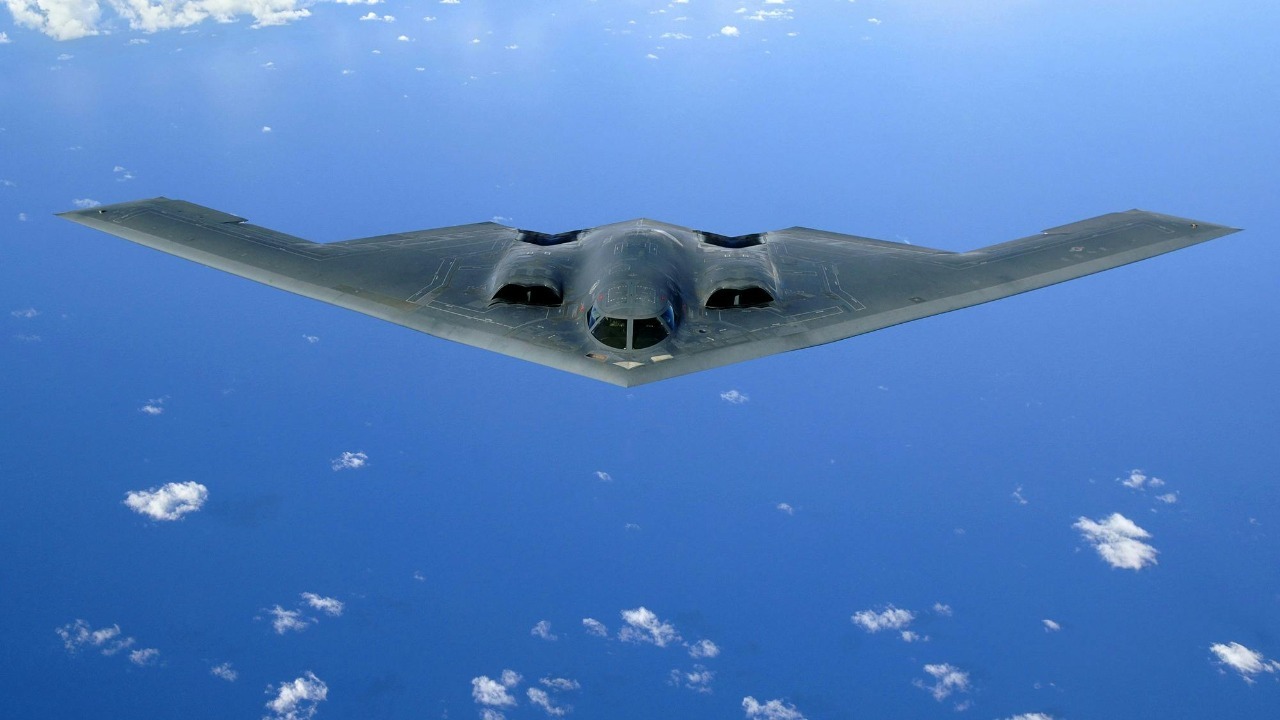
The J-36, China’s enigmatic stealth fighter, has captured global attention with its unique UFO-like design and advanced capabilities. As a sixth-generation aircraft, it promises to redefine aerial dominance, potentially altering the balance of power in the skies. The features, potential implications, and strategic significance of the J-36 are placing China at the forefront of next-gen aviation technology.
Design and Technology
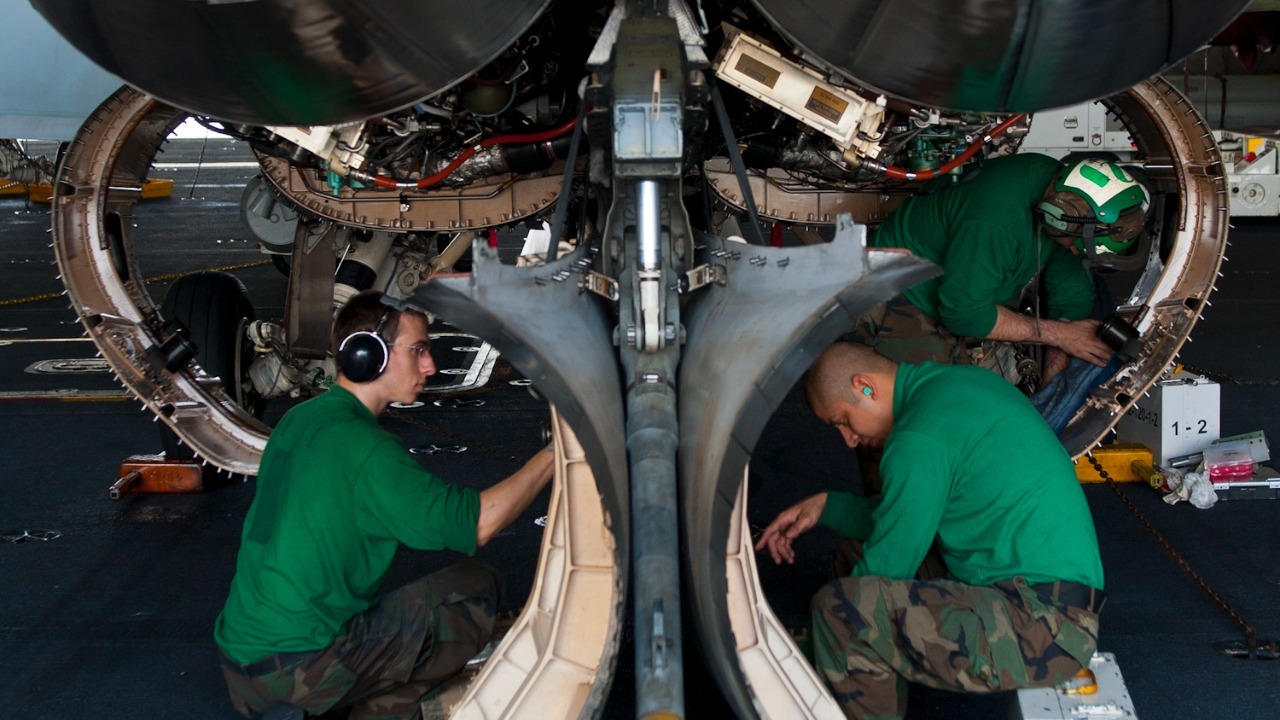
UFO-Inspired Aesthetics
The J-36’s design is a striking departure from traditional aircraft architecture, earning it the nickname of a UFO-like fighter. Its sleek, disc-like shape is not just for appearances; it’s a testament to aerodynamics and stealth. The reduced radar cross-section is a significant advantage, making the aircraft less visible to enemy radar systems. As with many modern fighter jets, the emphasis on radar evasion can be seen in the absence of sharp angles and the presence of smooth, flowing lines that help deflect radar waves. This design strategy is pushing the boundaries of what is possible in military aviation aesthetics and functionality.
Stealth Capabilities
Stealth is at the heart of the J-36’s design ethos. Utilizing cutting-edge materials like radar-absorbent composites, the aircraft is engineered to minimize its radar signature. Technologies such as active cancellation, where the aircraft emits signals to mask its presence, are believed to be integrated into its systems. This level of sophistication in stealth technology signifies a monumental leap from fifth-generation fighters, allowing the J-36 to operate in environments where other aircraft might be easily detected.
Triple-Engine Advantage
One of the standout features of the J-36 is its triple-engine configuration, a rarity among stealth fighters. This setup not only boosts its top speed but also enhances maneuverability, giving it a distinct edge in dogfight situations. The engines are believed to be highly advanced, offering superior thrust-to-weight ratios that enable agile movements and swift acceleration, critical in evading enemy fire. The propulsion system thus contributes to both the stealth capability and the overall combat effectiveness of the aircraft, reinforcing its role as a formidable contender in aerial warfare.
Operational Capabilities
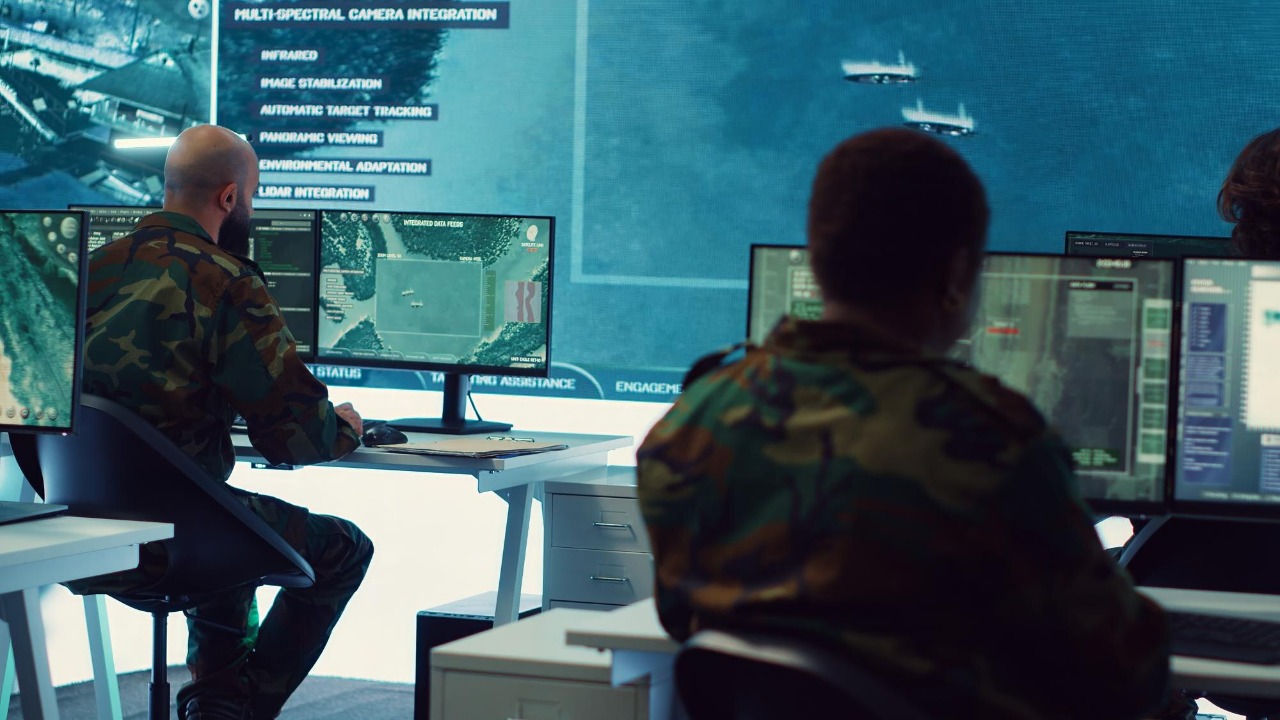
Autonomy and AI Integration
The J-36 is not just about physical prowess; it’s a technological marvel incorporating cutting-edge AI and autonomous systems. These technologies allow the aircraft to perform complex maneuvers and missions with minimal human intervention. AI-driven systems can analyze vast amounts of data in real-time to make split-second decisions, enhancing situational awareness and combat readiness. The integration of AI also means that the J-36 can adapt to evolving battlefield conditions, making it a versatile tool in China’s military arsenal.
Drone Command Center
Beyond its capabilities as a manned fighter, the J-36 is designed to serve as a command center for drone swarms. This feature positions the aircraft as a central node in network-centric warfare, where it can coordinate multiple unmanned aerial vehicles (UAVs) to execute complex missions. The ability to control drone swarms not only extends the reach of the J-36 but also amplifies its offensive and defensive capabilities, making it a game-changer in scenarios that require rapid response and adaptability.
Combat Readiness and Testing
The J-36 is currently undergoing rigorous testing to ensure its systems perform under various combat conditions. These tests are crucial in ironing out any potential issues before the aircraft is deployed in active service. Initial reports suggest that the J-36 has excelled in simulated combat scenarios, demonstrating its potential as a dominant force in the skies. As testing progresses, the focus will likely shift towards integrating the aircraft into China’s existing military framework, ensuring that it complements other assets in the defense strategy.
Strategic Implications
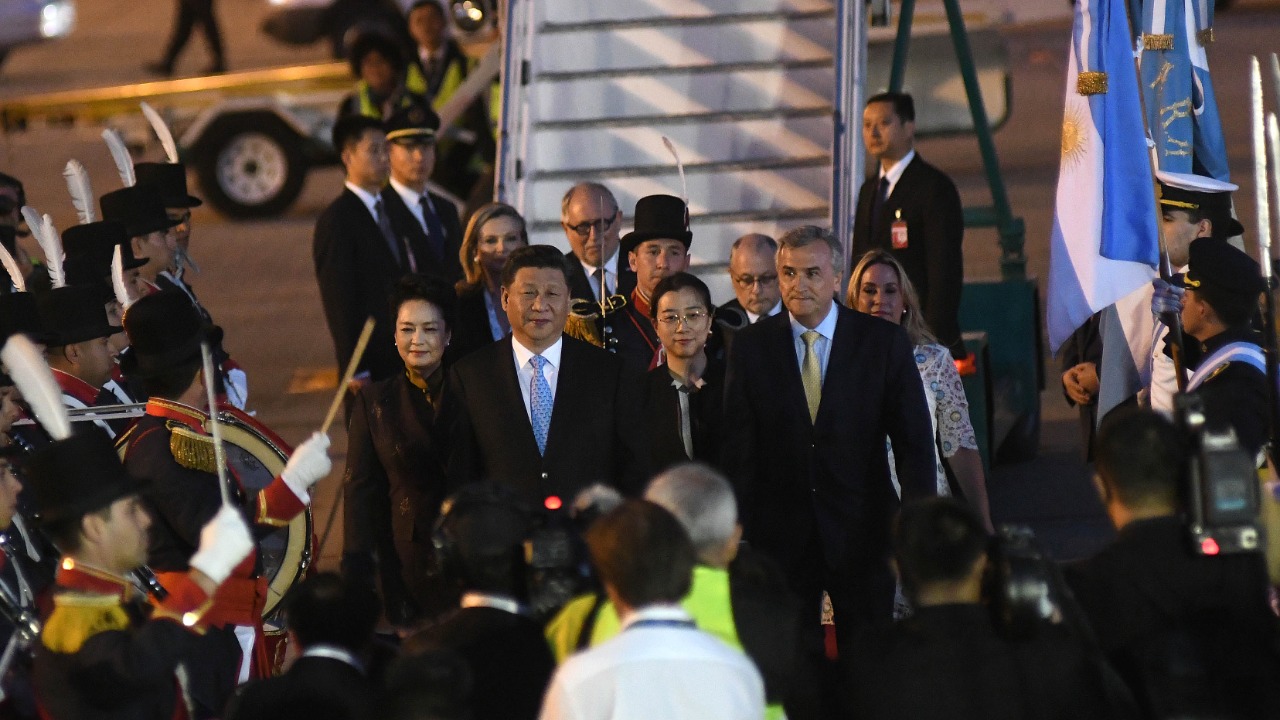
Regional Power Dynamics
The introduction of the J-36 is set to reshape the military balance in the Asia-Pacific region. With its advanced capabilities, China is poised to solidify its air superiority, challenging the dominance of traditional powers like the United States and its allies. This shift could lead to increased tensions as nations scramble to develop countermeasures or bolster their own military capabilities in response. The J-36 thus stands as a catalyst for change in regional power dynamics, potentially redefining alliances and defense strategies.
Global Military Concerns
China’s advancements in stealth technology have not gone unnoticed by other global powers. The J-36’s capabilities are raising concerns about a potential arms race, as countries like the United States, Russia, and European nations may expedite their sixth-generation fighter programs. This technological race could lead to significant investments in research and development as nations seek to either match or surpass the capabilities demonstrated by the J-36. The global military landscape is on the brink of transformation, driven by the need to maintain technological parity.
Defense Partnerships and Collaborations
The J-36 could also influence China’s defense partnerships, as countries with aligned interests may seek collaboration or procurement opportunities. This could lead to new alliances or the strengthening of existing ones, as nations look to leverage the advanced technologies embodied in the J-36. Such collaborations could further enhance China’s position as a leader in military technology, potentially driving a shift in global defense partnerships.
Comparative Analysis
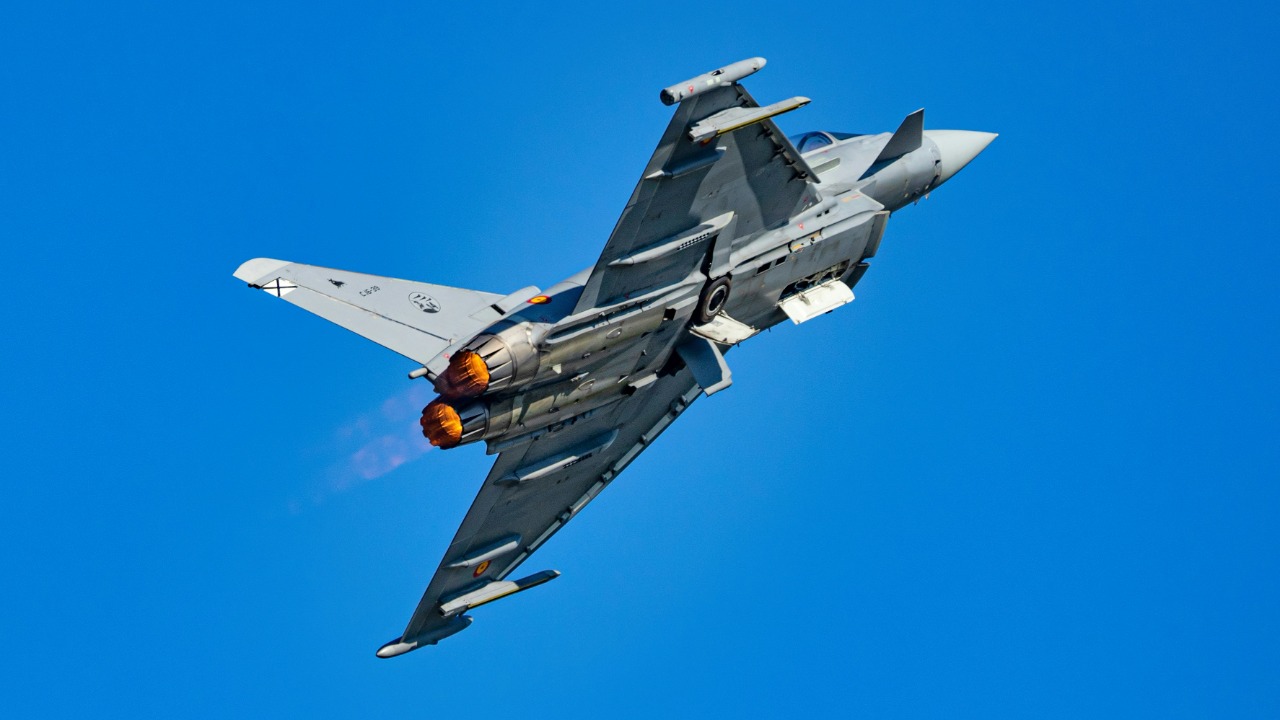
Comparison with Other Sixth-Generation Fighters
As nations race to develop sixth-generation fighters, the J-36 stands out with its unique design and capabilities. When compared to aircraft under development in the United States, such as the Next Generation Air Dominance (NGAD) program, the J-36’s emphasis on stealth and AI integration are key differentiators. European projects like the Tempest and the Franco-German-Spanish Future Combat Air System (FCAS) are also contenders, but the J-36’s triple-engine configuration and drone command capabilities give it a distinctive edge.
Technological Edge Over Fifth-Generation Counterparts
The leap from fifth-generation fighters to the J-36 is significant, particularly in areas like AI integration and stealth. While aircraft like the F-35 and J-20 have set benchmarks in stealth and avionics, the J-36’s advancements in autonomous operations and network warfare represent a new frontier. These capabilities allow the J-36 to operate in contested environments with greater efficacy, maintaining a technological edge that could redefine modern aerial combat.
Cost and Production Considerations
While the J-36 boasts impressive capabilities, its cost and production scalability remain crucial factors for widespread adoption. The development and manufacturing of such advanced aircraft involve substantial investments, and the ability to produce them efficiently will determine their impact on China’s military strategy. The cost considerations will also influence potential export opportunities, as other nations evaluate the trade-off between technology acquisition and budget constraints.
Future Prospects
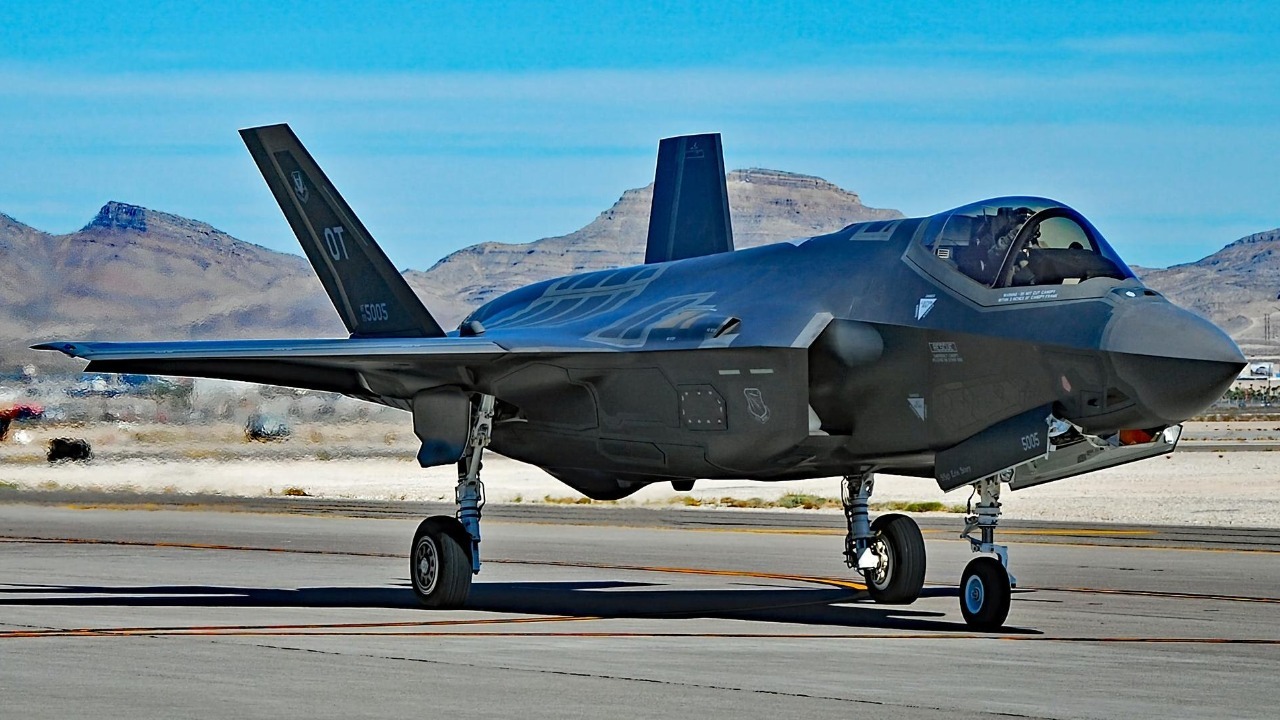
Evolution of Stealth Technology
The J-36 is paving the way for the future of stealth technology, setting new standards in design and functionality. As research continues, we can expect further innovations inspired by the J-36, such as enhanced radar evasion techniques and more efficient propulsion systems. These advancements will not only benefit military applications but could also have spill-over effects in civilian aviation, pushing the boundaries of what is technologically possible.
Impact on Military Strategy
The strategic implications of the J-36 extend beyond its physical capabilities. Its introduction is likely to influence military doctrines and combat strategies, emphasizing the role of network-centric warfare and autonomous operations. As nations adapt to these changes, we may see a shift towards more integrated and technology-driven military strategies, leveraging the full spectrum of capabilities offered by the J-36.
Long-Term Vision for Air Superiority
China’s development of the J-36 is part of a broader vision to achieve long-term air superiority. By investing in next-generation technologies, China aims to establish a dominant position in global military aviation. This vision is not just about maintaining a technological edge but also about shaping the future of warfare, where advanced aircraft like the J-36 play a pivotal role in achieving strategic objectives.